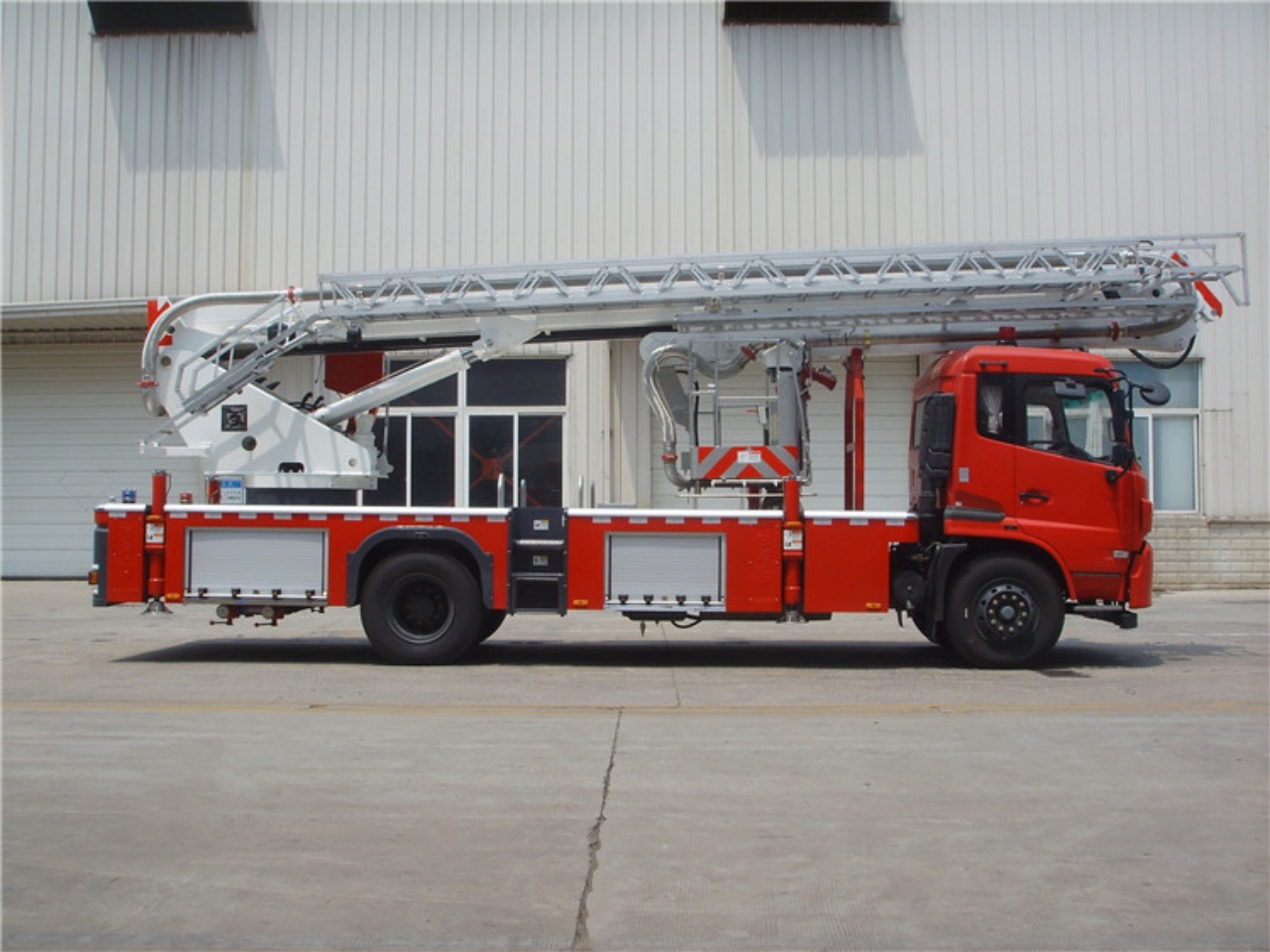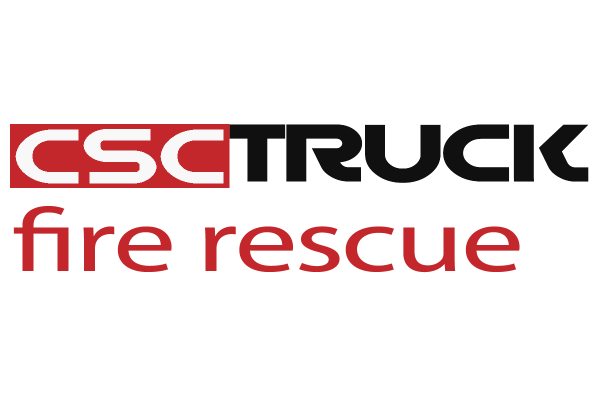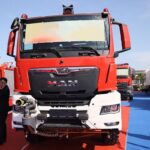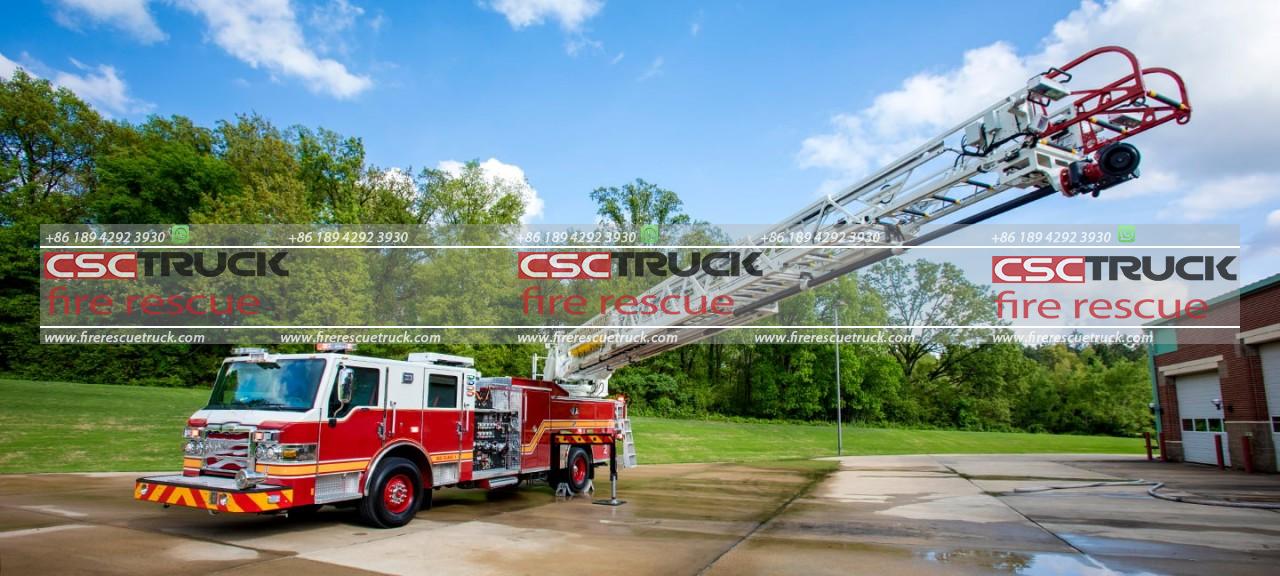When discussing modern fire service operations, aerial apparatus stands out as 1 of the most versatile and vital pieces of equipment. These vehicles are often iconic in fire departments worldwide, distinguishable by their towering ladders or platforms. But what exactly is their role? What is the primary function of the aerial apparatus? While they perform several critical duties, their primary function lies in providing elevated access and elevated water streams for firefighting, rescue, and operational support.
Understanding Aerial Apparatus
Aerial apparatus refers to specialized fire trucks equipped with extendable ladders, platforms, or booms that allow firefighters to reach high elevations. These vehicles are engineered to assist in situations where standard ground ladders or other means of access fall short. They come in various configurations, including straight aerial ladders, tower ladders (also called aerial platforms), articulating booms, and tiller trucks. Each type is tailored to suit specific operational needs.
Fire departments classify these apparatus by their reach, mobility, and functional capabilities. However, all aerial apparatus share a common goal: to improve access and safety during emergency operations in vertical environments such as multi-story buildings, industrial structures, or tight urban landscapes.
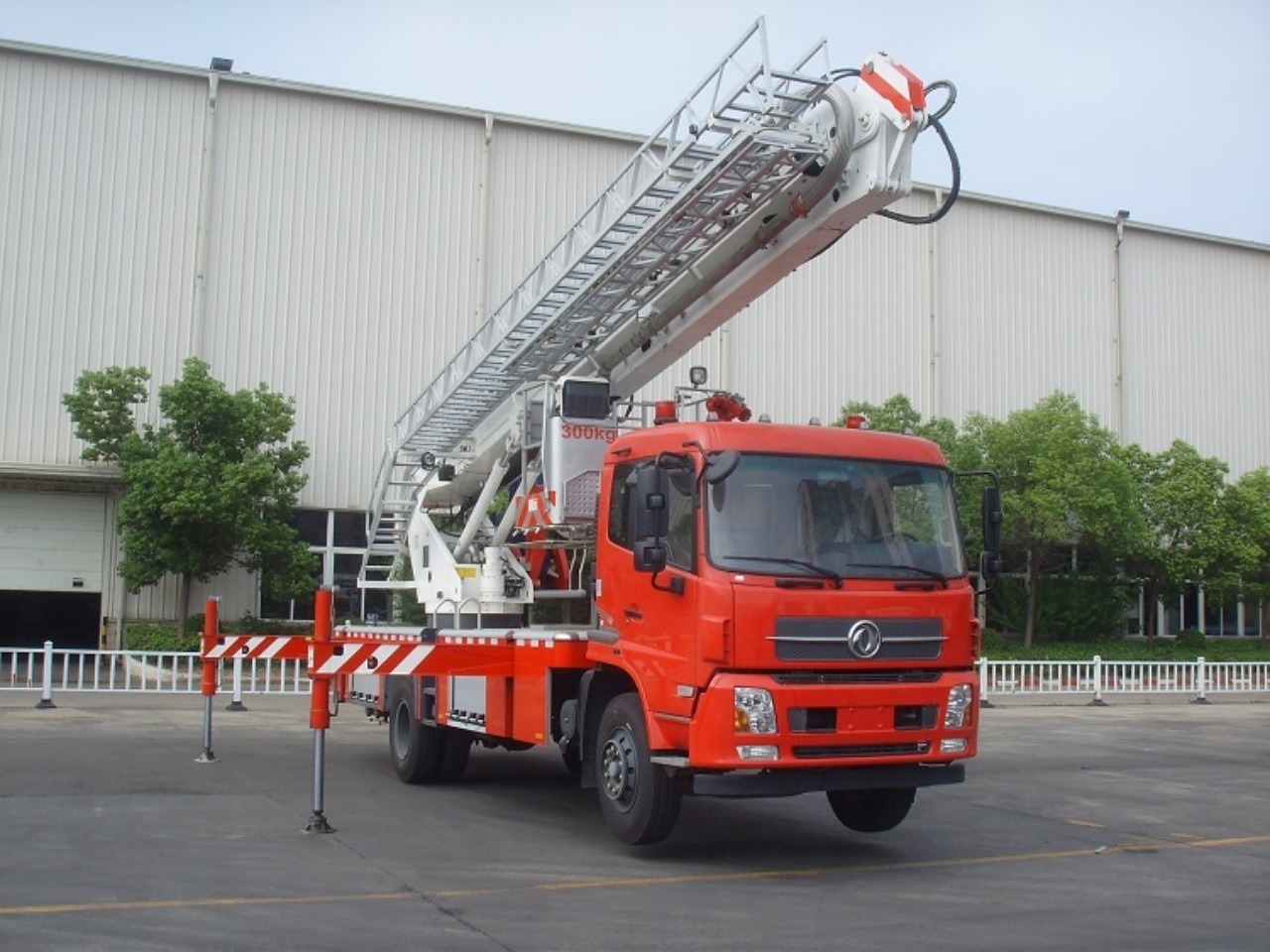
Primary Function: Elevated Access and Master Stream Delivery
The primary function of an aerial apparatus is to provide elevated access for rescue and firefighting operations, as well as to deliver elevated water streams through master nozzles or manually operated hoses. This function is pivotal in incidents involving high-rise buildings, rooftops, upper-floor windows, or any location inaccessible from the ground.
1. Rescue Operations
One of the most urgent uses of an aerial apparatus is during rescue missions, especially in multi-story buildings. Firefighters use the aerial ladder or platform to reach trapped occupants on higher floors or rooftops. Time is of the essence during these rescues, and having a fast, stable, and extendable aerial device can make the difference between life and death.
For instance, in apartment fires where stairways are compromised due to smoke or fire, aerial ladders provide the only safe means of evacuation for victims. Tower ladders, with their large baskets, can transport multiple victims at once, including those with limited mobility.
2. Elevated Fire Attack
The ability to deliver elevated water streams is another cornerstone of aerial apparatus functionality. Master stream devices mounted on ladders or platforms can direct large volumes of water onto a fire from above. This “top-down” approach is especially effective when dealing with fully involved upper floors, roof fires, or fires in large commercial structures.
In situations where it is unsafe to enter a building or where ground crews are overwhelmed, aerial master streams can provide continuous suppression from a distance, helping to contain or knock down intense flames.
3. Ventilation and Overhaul
Aerial devices also support ventilation efforts, 1 of the critical components of firefighting strategy. Firefighters can use the elevated platform to access the roof and perform vertical ventilation, which allows heat, smoke, and toxic gases to escape the structure, improving interior conditions for attack crews and trapped occupants.
After the main fire is extinguished, aerial platforms are used for overhaul operations, where crews check the roof, walls, and upper floors for hidden fire pockets. Aerial access minimizes structural damage and reduces the time needed to declare the building safe.
4. Scene Lighting and Surveillance
Many modern aerial units come equipped with powerful scene lighting systems and thermal imaging cameras. These features provide vital illumination for nighttime operations and enhance visibility in smoky or low-visibility environments.
Surveillance from an elevated position also gives the incident commander a strategic vantage point. This bird’s-eye view enables better coordination of crews and resources, especially during large-scale incidents like industrial fires, wildfires threatening urban areas, or mass casualty situations.
5. Structural Support and Tool Deployment
Certain aerial platforms are rated to carry not only personnel but also heavy equipment. This includes power tools, ventilation fans, saws, and other gear needed at height. For example, a firefighter might use the aerial to bring a chainsaw to a roofline to cut ventilation holes or to deliver a search and rescue dog to an upper floor.
Some units have built-in breathing air systems and communication links, making it safer for crews to remain at elevation for extended periods.
Complementary but Distinct from Ground Operations
While ground crews work interior attack lines, perform search and rescue, or operate from ground ladders, aerial units enhance operational capability by working above or alongside these efforts. In essence, aerial apparatus bridges the gap between ground-based firefighting and the vertical complexities of modern architecture.
Fire departments strategically position these units to provide coverage over large fire scenes. They may flank a structure to offer cross-streams of water, deliver multiple access points for evacuation, or function as anchor points for rope rescue operations.
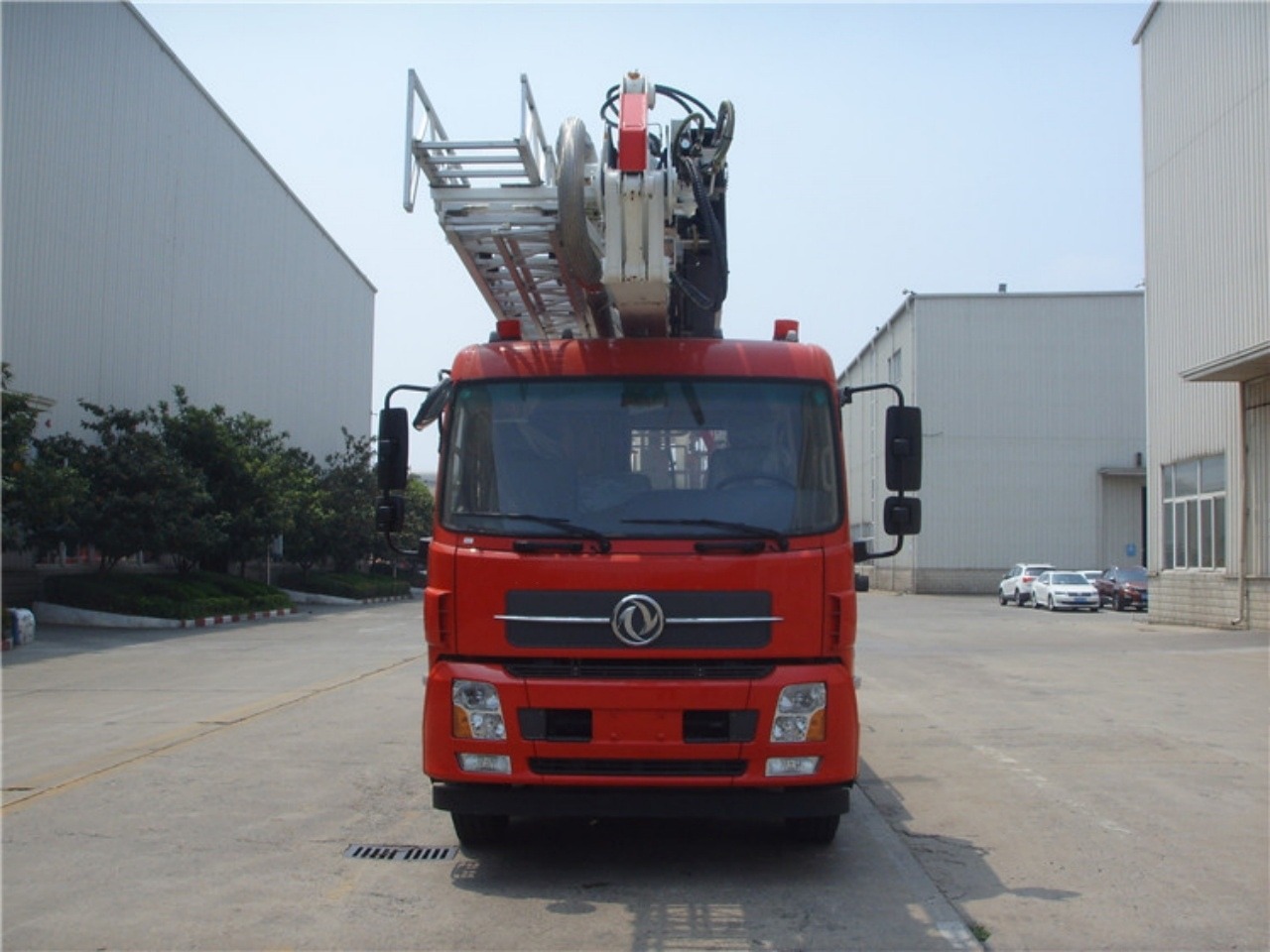
Secondary Functions: Versatility in Action
Though elevated access and water delivery are their main jobs, aerial apparatus offer various secondary functions that make them indispensable:
- High-Angle Rescue: In cliffs, bridges, or industrial silos.
- Technical Support: During hazardous material incidents (e.g., monitoring air quality from elevation).
- Public Safety and Community Events: Used to display flags, conduct training demonstrations, or even assist with non-fire emergencies such as flood rescues.
Limitations and Considerations
Despite their importance, aerial apparatus are not without limitations. They are large, heavy vehicles that require significant space to operate effectively. Urban environments with narrow streets or low-hanging wires can pose challenges. Furthermore, aerial operation is heavily dependent on proper setup, which includes stabilizing outriggers and choosing optimal positioning.
Operators must be thoroughly trained in vehicle dynamics, hydraulics, ladder controls, and safety procedures. Coordination with ground command and other units is essential to maximize their effectiveness and avoid accidents.

Conclusion
The primary function of aerial apparatus is to provide elevated access and master stream delivery in fireground operations. Their ability to reach high places, carry out rescues, ventilate buildings, and deliver water from an elevated angle makes them a vital asset in modern firefighting.
Beyond these primary functions, aerial apparatus offers a broad spectrum of capabilities that support overall fireground safety and efficiency. As buildings grow taller and fire risks become more complex, the role of aerial units continues to evolve, proving that these giants of the fire service are more than just impressive machines—they are lifesaving tools essential to the mission of every fire department.
